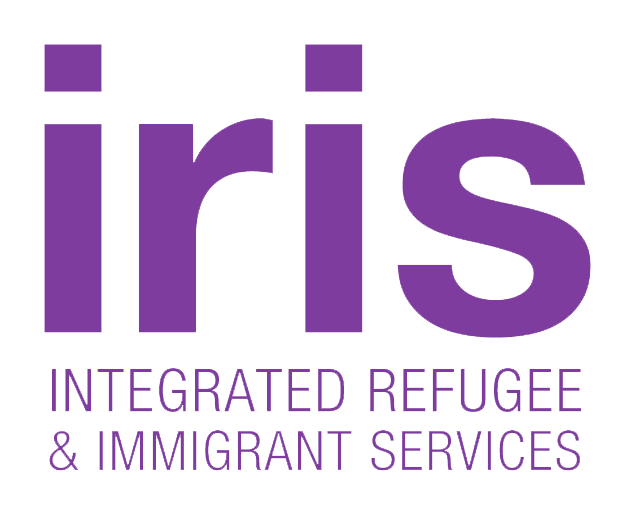IRIS-Integrated Refugee & Immigrant Services

The Diocesan Refugee Services Committee resettles Vietnamese and Southeast Asian refugee families for the following decade.

For the following two decades, the Second Sudanese Civil War displaces and orphans over 20,000 Sudanese boys, who later become known as the “Lost Boys of Sudan”.

To address the problem of unauthorized immigration, Congress implemented through bipartisan agreement a multi-pronged system that provided amnesty for established residents, increased border enforcement, enhanced requirements of employers, and expanded guestworker visa programs.
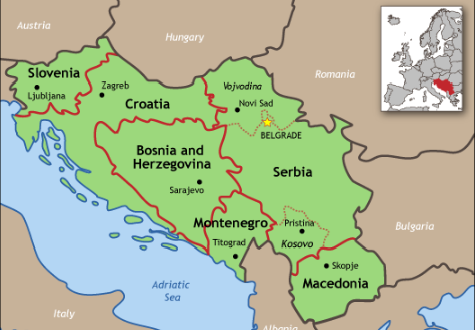
Yugoslavia breaks into multiple countries through a series of violent conflicts. During this time, the Diocesan Refugee Services Committee becomes Interfaith Refugee Ministry (IRM) and resettles Bosnian, Croatian, Serbian, and other former Yugoslavian families who arrive in Connecticut.
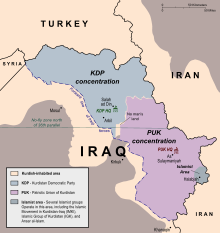
The war begins in May of 1994, and continues until November of 1997. Over these three years, the war displaces many Kurdish civilians.


During this time, congress revises the Immigration Act of 1965 by implementing the H-1B visa program for skilled temporary workers, with some provisions for conversion to permanent status, and the diversity visa lottery for populations unable to enter through the preference system.
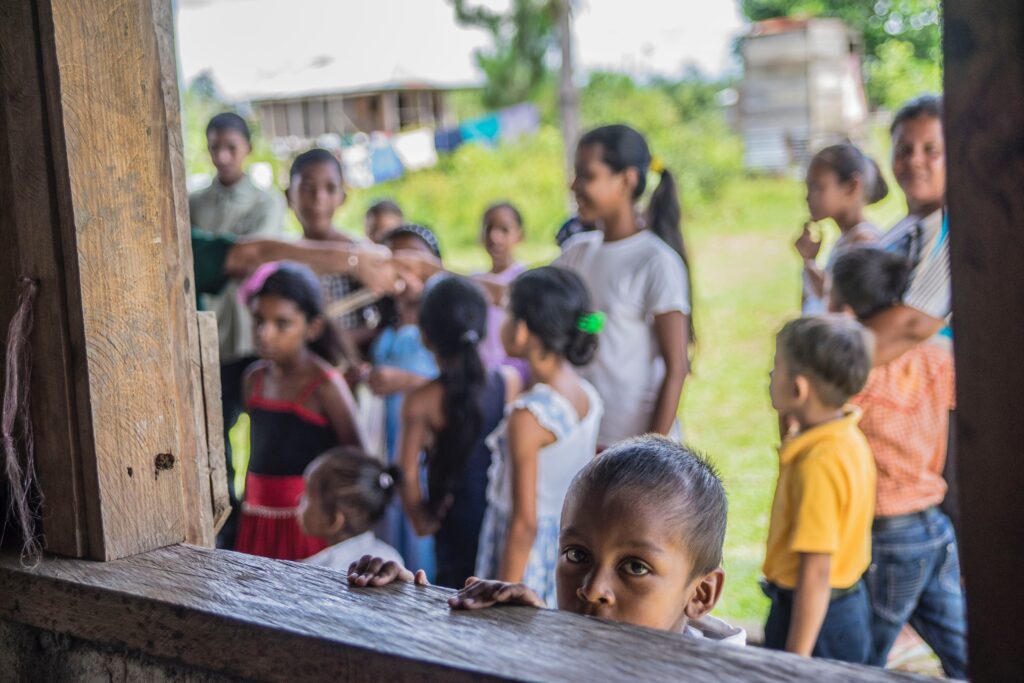
The United States implements the Nicaraguan Adjustment and Central American Relief Act (NACARA), which allowed certain Salvadorans, Guatemalans, and Nicaraguans who had fled violence and poverty in their homelands in the 1980s to file for asylum and remain in the United States.

Following this, IRM works to resettle Kosovar families who arrive in Connecticut.

In 2000, June 20th becomes World Refugee Day. Each year, the worldwide community spends the day focused on ways to improve the lives of refugees.
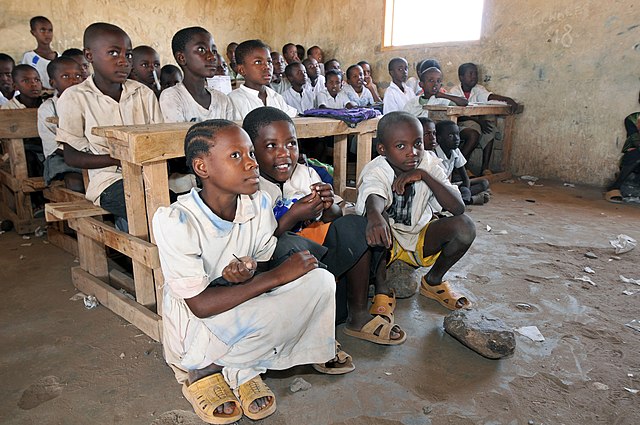
In the following years, the United States invades Afghanistan and battles the Afghanistan government and the Taliban, displacing many civilians.

After the attacks of September 11th, the U.S. government acted to expand the budget, staffing, and powers of the immigration enforcement bureaucracy.


In the following years, insurgency and civil conflicts caused by the United States’ invasion of Iraq displaces many civilians.

During this time, IRM officially changes its name to IRIS- Integrated Refugee & Immigrant Services.
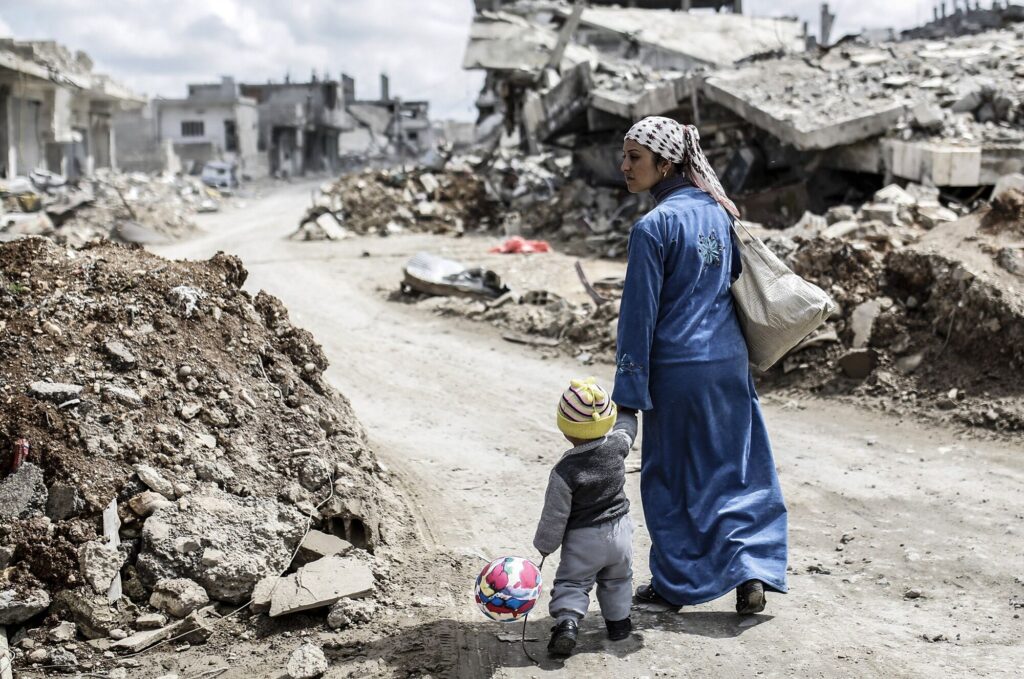

Trying to cope with the long-term residence of millions of unauthorized immigrants, this executive order provided protection from deportation and work authorization to persons who arrived as minor children and had lived in the United States since June 15, 2007.
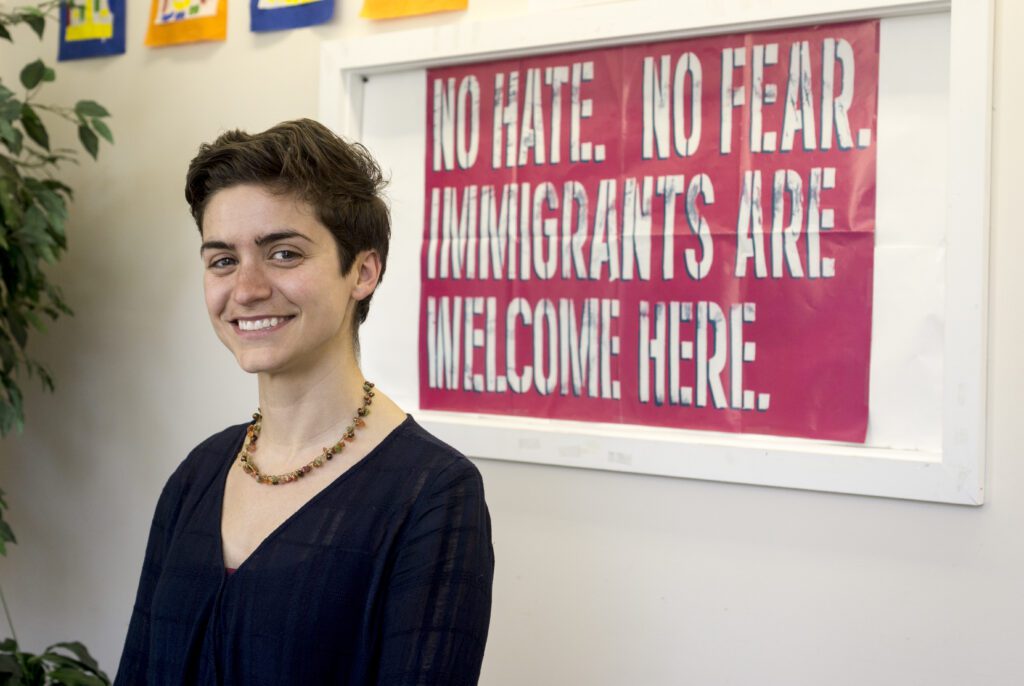
The Connecticut state legislature passed the Trust Act, and it was signed by Governor Dannel Malloy.
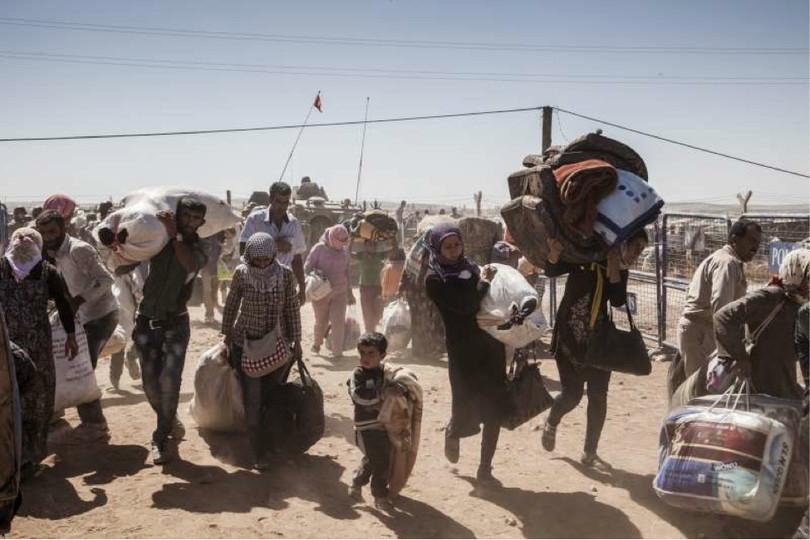
During this time, after over 30 years as a program of the Episcopal Church in Connecticut, IRIS takes steps to become an independent organization, with their continued support of our mission.
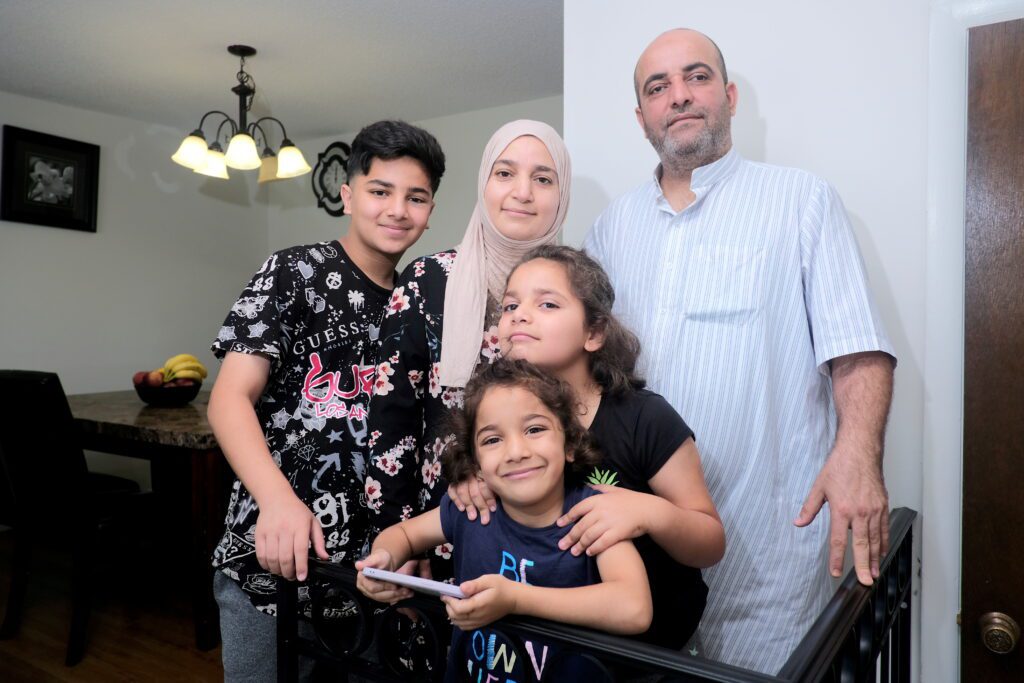

In response to the Syrian refugee crisis, and with tremendous community support, IRIS welcomes 530 refugees—more than double any previous year. One-third of these families are resettled by community groups in towns and cities across the state, through IRIS’s expanded community co-sponsorship program.

US admissions historically have been around 70 – 85,000 and higher. Beginning with the end of the wet feet, dry feet policy in January of 2017, the US reduced the amount of refugees who could be admitted into the country to a maximum of 30,000, and instituted a travel ban from several predominantly Muslim countries. This ban also suspended the resettlement of all Syrian refugees.
During this time, IRIS resettled 343 refugees, and the CT community continued to support refugees arriving in CT.
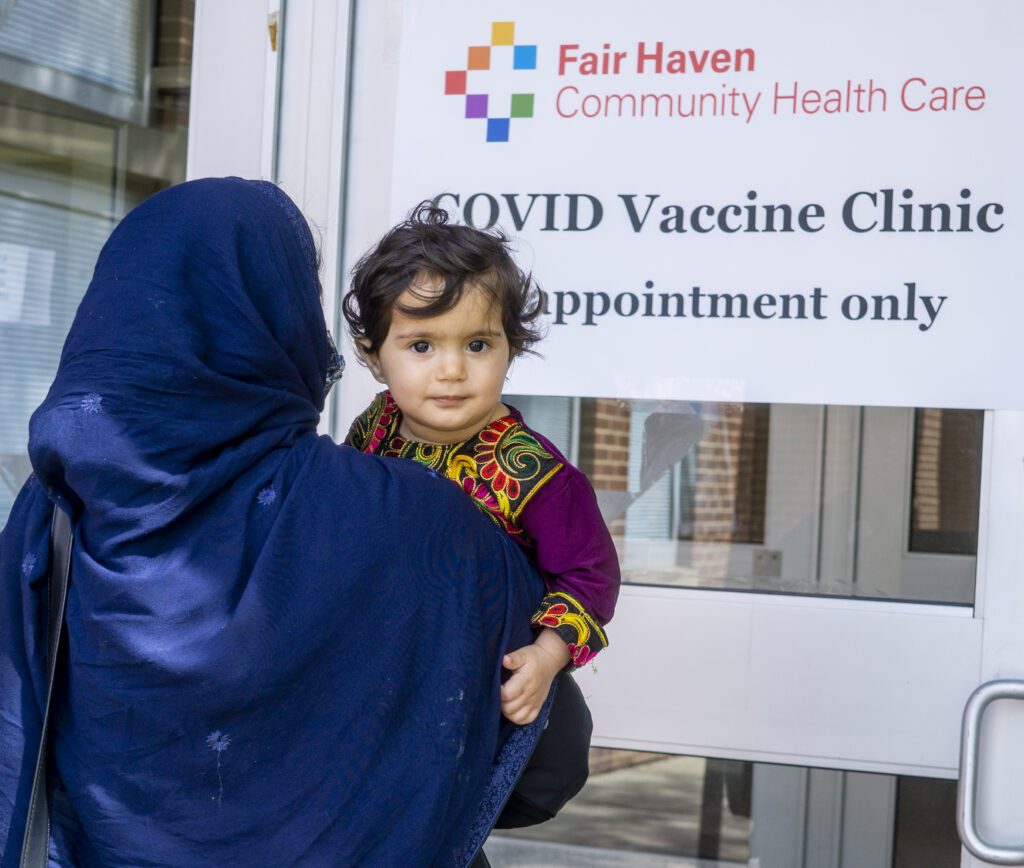
During this time, IRIS transitioned to operating remotely.
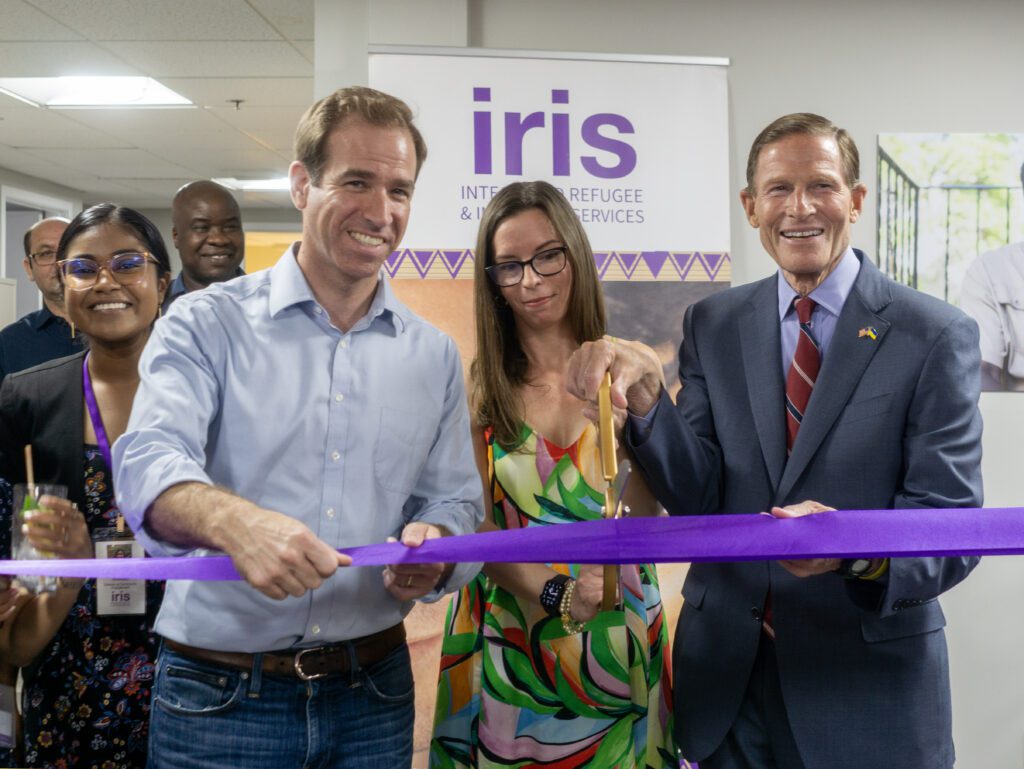
Did you know?
- Roughly 15% of Connecticut’s population is comprised of people born outside the United States. That’s about one in seven people!
- An additional 16% of Connecticut residents are native-born citizens with at least one immigrant parent!
- Since 1990, the foreign-born population in Connecticut has nearly doubled!
- More than half of all immigrants in Connecticut are naturalized citizens of the United States!
- Over 3,500 active DACA recipients live in Connecticut, and even more residents are eligible. Only about one third of DACA-eligible immigrants in Connecticut had applied for DACA as of 2019.
- One in six workers in Connecticut is an immigrant, and immigrant workers make up large shares of all workers in several industries and occupations, including construction, healthcare support, and computer and mathematical fields.
- Immigrants in Connecticut contribute greatly to the economy. In 2018, immigrant-led households in Connecticut paid $4.8 billion in federal taxes and an additional $2.6 billion in state and local taxes. Undocumented immigrants in Connecticut are estimated to have paid over $335 million in federal taxes and nearly $200 million in state and local taxes, while DACA recipients and DACA-eligible individuals are estimated to have paid nearly $14 million in state and local taxes.
- Nearly 50,000 immigrant business owners live in Connecticut. They accounted for 24% of all self-employed residents of Connecticut in 2018 and generated $1.2 billion in business income that year.
- Connecticut is one of eleven sanctuary states!
Fairfield
- Fairfield is home to an estimated 217,000 foreign born people
- Over half of the foreign born people in Fairfield are naturalized US citizens
- 71% of foreign born people in Fairfield are in the labor force. This is higher than both the rates for the total population (67%) and for the native born population (66%), with foreign born people who are not citizens having the highest rate of all (74%)
- 22% of the population of Fairfield County are immigrants. That’s the highest percentage in the state!
Hartford
- Hartford is home to an estimated 134,000 foreign born people
- Nearly 60% of the foreign born people in Hartford are naturalized US citizens
- Roughly 22% of the population of the city of Hartford are immigrants!
- At 15%, Hartford County has the second highest percentage of foreign-born in Connecticut!
- 1 in 4 foreign-born people in Hartford arrived after 2010
Litchfield
- Litchfield is home to an estimated 14,000 foreign born people
- 58% of the foreign born people in Litchfield are naturalized US citizens
Middlesex
- Middlesex is home to an estimated 13,000 foreign born people
- 64% of the foreign born people in Middlesex are naturalized US citizens
- 8% of the population of Middlesex are immigrants
New Haven
- New Haven is home to an estimated 127,000 foreign born people
- 53% of the foreign born people in New Haven are naturalized US citizens
- 38% of the foreign born population in New Haven have a bachelor’s degree or have completed a graduate or professional degree
- 12% of the population of New Haven County are immigrants
- 17% of the population of the city of New Haven are immigrants
- With 75% earning less than $75,000 per year, and 50% earning less than $40,000 per year, the median household income for an immigrant-headed household in New Haven (about $40,000 per year) is significantly lower than the median income of immigrant-headed households in the rest of the state (about $64,000 per year).
New London
- New London is home to an estimated 23,000 foreign born people
- 60% of the foreign born people in New London are naturalized US citizens
- About 10% of the population of New London are immigrants
Tolland
- Tolland is home to an estimated 10,000 foreign born people. That’s almost 7% of the population!
- 53% of the foreign born people in Tolland are naturalized US citizens
- 7% of the population of Tolland are immigrants
Windham
- An estimated 4.6% of the population of Windham are foreign born persons
- 5% of the population of Windham are immigrants, the lowest percentage in the state.
Citations
- https://www.americanimmigrationcouncil.org/research/immigrants-connecticut
- https://d101vc9winf8ln.cloudfront.net/documents/37493/original/CT_Hartford_iDod_Fact_Sheet.pdf?160433651
- https://d101vc9winf8ln.cloudfront.net/documents/41455/original/New_Haven_Connecticut_iDodfactsheet.pdf?1635351467
- https://data.census.gov/table?g=0400000US09$0500000&tid=ACSST1Y2021.S0501
- https://data.census.gov/table?g=0400000US09$0500000&tid=ACSST5Y2021.S0501
- https://data.census.gov/table?g=0400000US09$0500000&tid=ACSST1Y2021.S0502
- https://data.census.gov/table?g=0400000US09$0500000&tid=ACSST5Y2021.S0502
- https://www.census.gov/quickfacts/windhamcountyconnecticut
- https://www.fairus.org/issue/sanctuary-policies/do-you-live-1-11-sanctuary-states
- https://www.migrationpolicy.org/data/state-profiles/state/demographics/CT
- https://portal.ct.gov/-/media/POST/GENERAL_NOTICES/2019/19-05-Act-Concerning-the-Trust-Act.pdf
